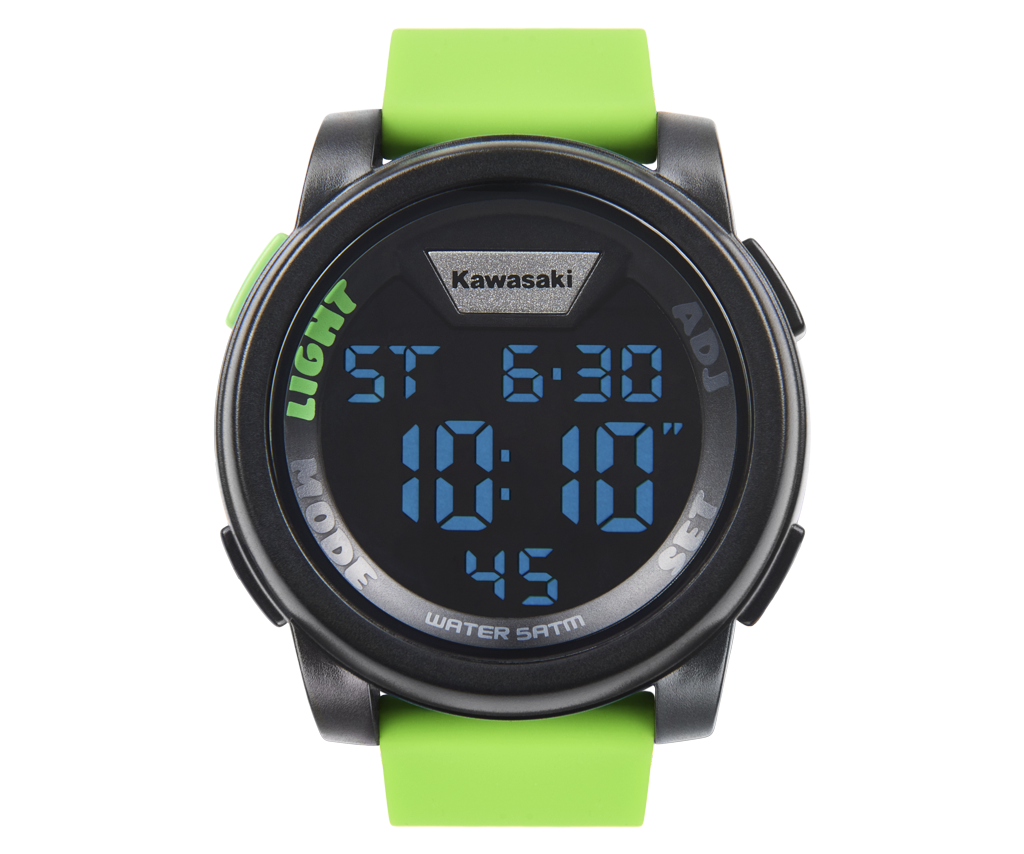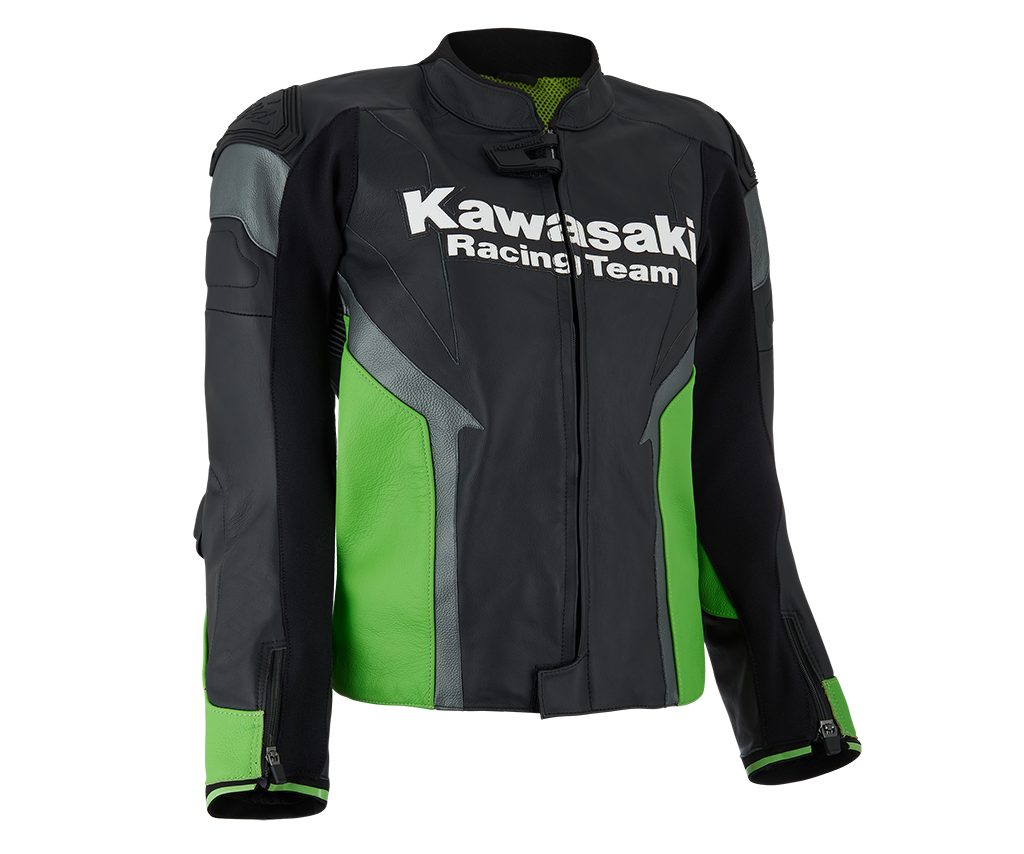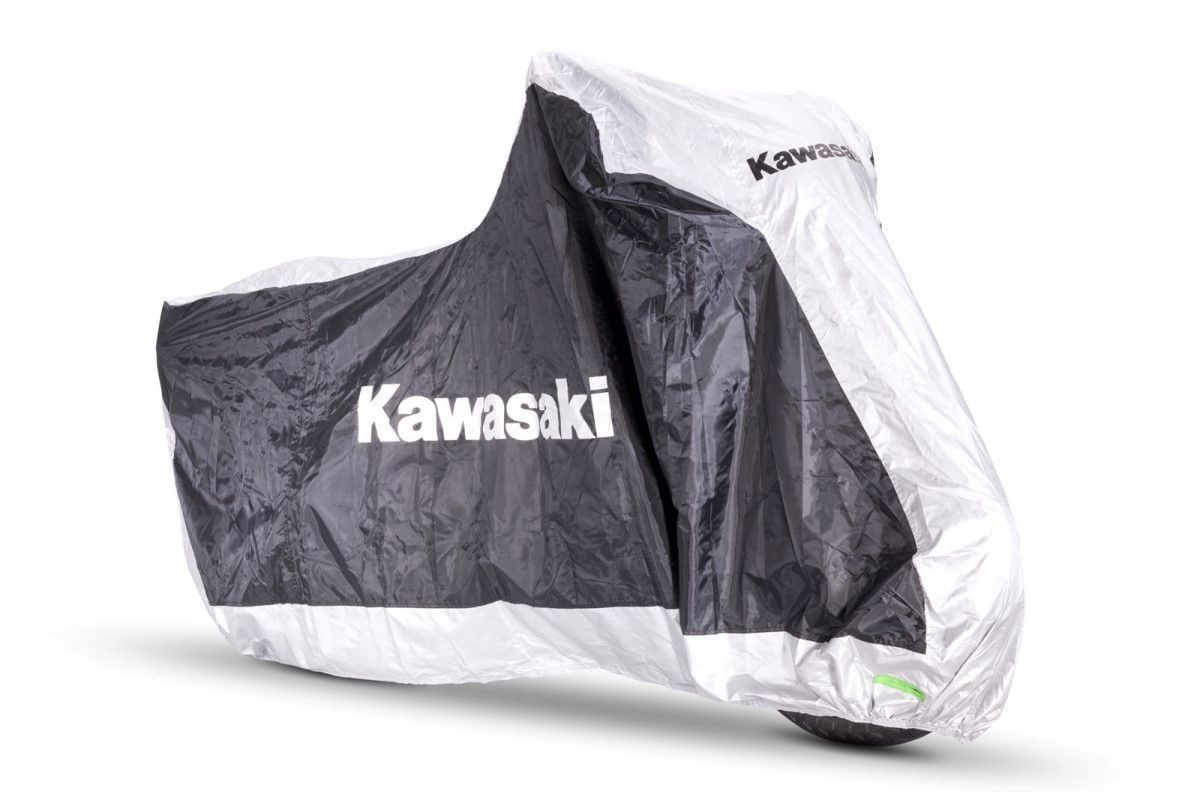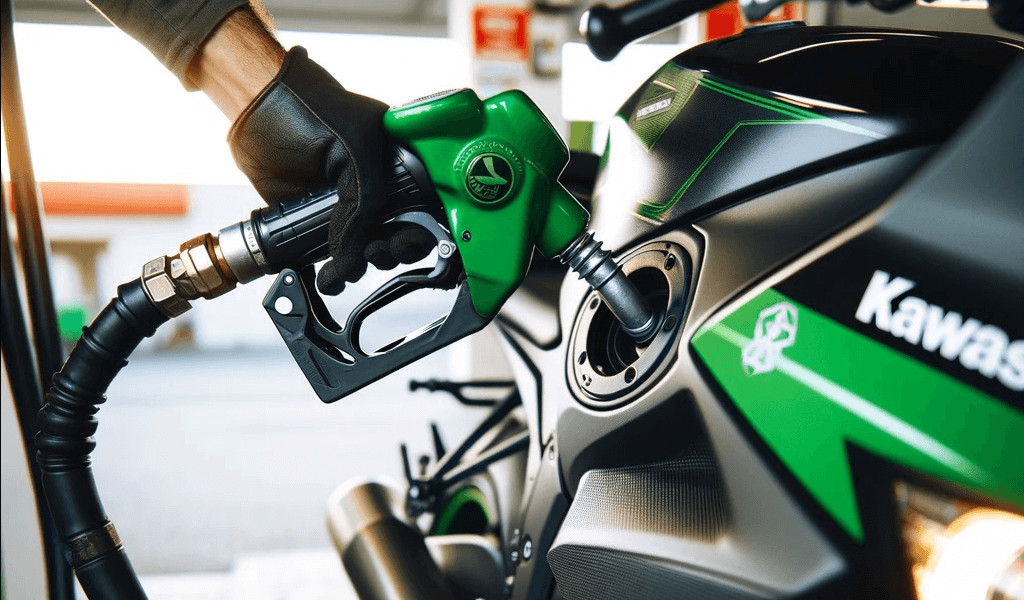Whilst early models were used primarily for research and racing, mass production soon followed with the launch of the JS range of solo stand-up skis starting with the JS400 and progressing through the JS440 of 1977 and the JS550 and JS300 of the middle 1980’s. For the 400 to 550 series of machines, Kawasaki gradually developed and refined their twin-cylinder, water-cooled engine packages which relied on carburetors and achieved propulsion (like all Jet Skis) via an impeller inboard of the machine. Essentially Kawasaki helped refine the basis for all PWC’s with water entering via a hull mounted grate and then being forced out rearward by the engine acting as a high-pressure pump via an integrated impeller propelling the craft along.
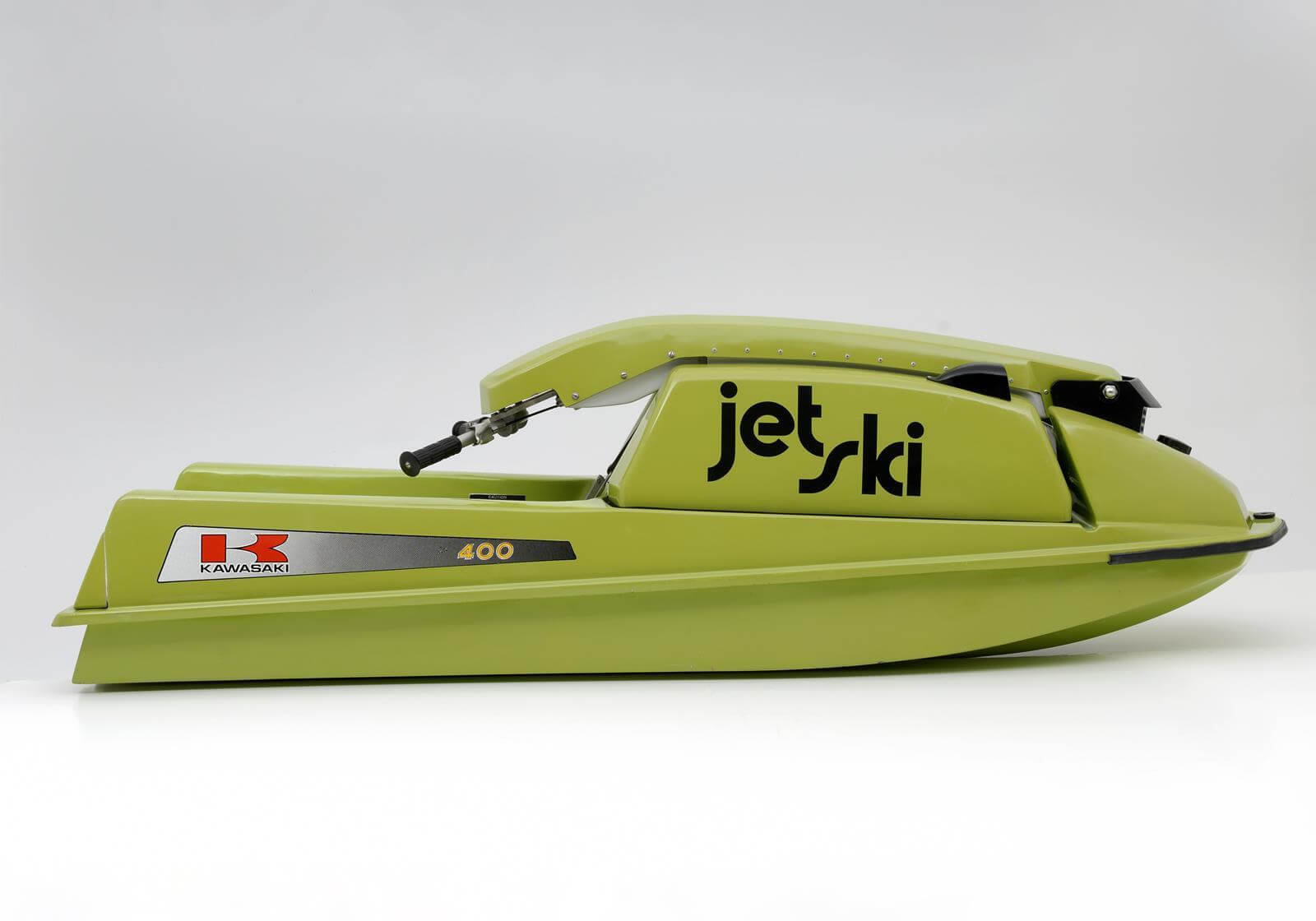
By the mid 1980’s the level of refinement and control took another step forward with the introduction of adjustable trim controls making it possible to change the attitude of the Jet Ski on the water much like a high specification speed boat. 1986 was a pivotal year for Kawasaki and the market with the introduction of the X-2 (JF650-A), Kawasaki’s first two person craft which, due to its handlebar layout and riding position, appealed to many consumers who had not previously considered a PWC.
Other innovations and variations followed including, in 1989, the introduction of the Jet Mate (JB650-A), featuring joystick steering and a more boat like appearance plus the launch of the TS (JF650-B) a two person sit down PWC. Expanding the appeal of the PWC was central to Kawasaki philosophy so in 1994 the company introduced its first three-seater JetSki, the ST (JT750-A). This legacy runs until today with the family use of PWC being one of the most satisfying aspects of its evolution. The three-cylinder two-stroke 900 ZXi (JH900-A) followed registering a wave foaming and water ski pulling 100 horsepower.
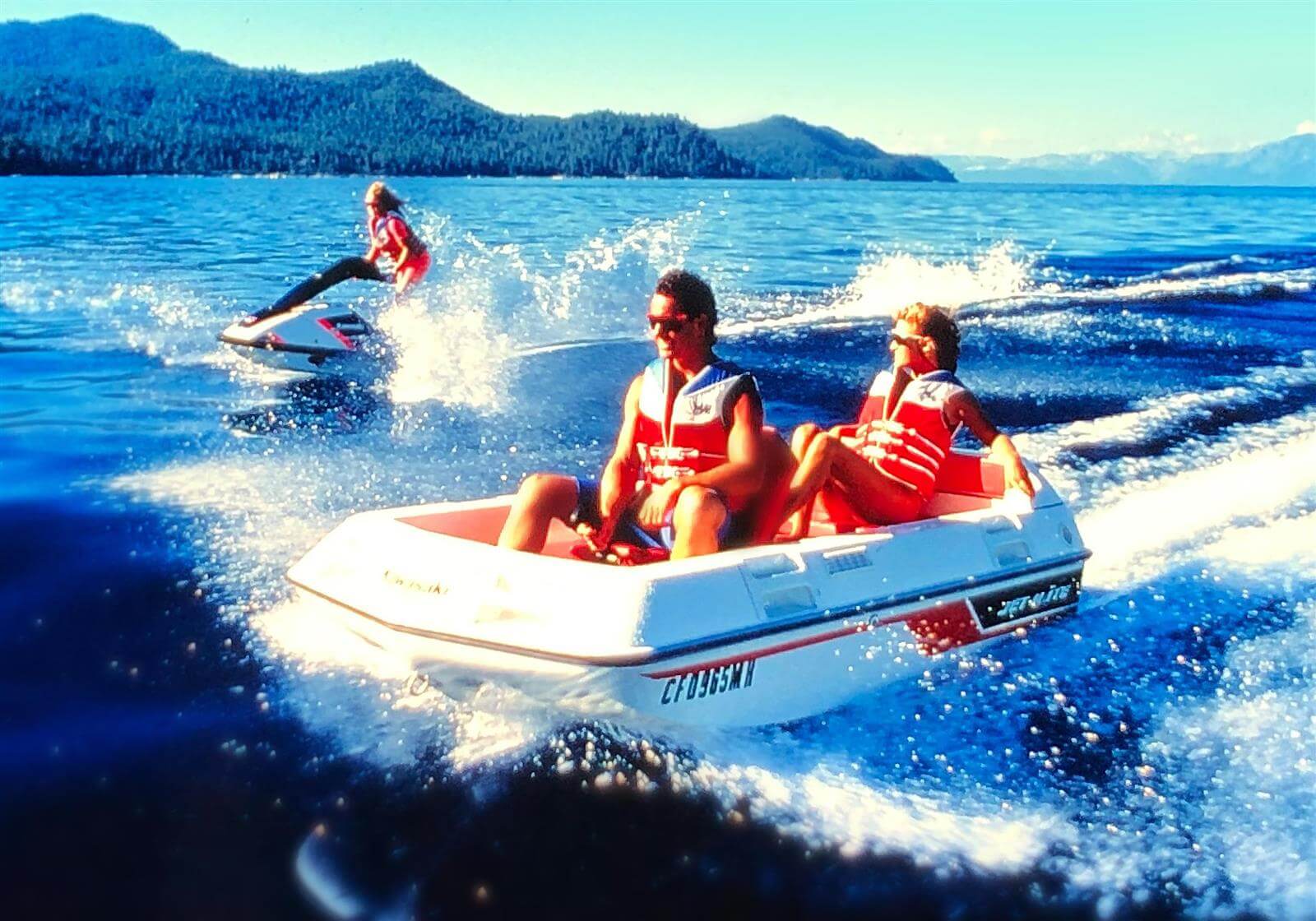
Engine power and capacities increased in the 1990’s with two and three seat sit down Jet Skis available while race-oriented owners still opted for a solo ski, all powered by two-stroke Kawasaki marine engines. The late 1990’s witnessed the launch of the Ultra 150 (JH1200-A), a 150 horsepower craft while in 2000 Kawasaki introduced fuel injection on the 1100 STX D.I (JT1100-C). More was to come, and in 2003 the world witnessed Kawasaki’s first four-stroke JetSki, the STX-12F (JT1200-B) with a marinised engine based on that of the Ninja ZX-12R motorcycle.
2007 saw the company move over to a wholly four-stroke model line for all multi-seat craft including the launch of their first supercharged PWC. By 2011 peak power of the highest specification Jet Skis was at 300 horsepower. While from 2012 until 2017, a solo PWC was not part of the range, the stand up made a big comeback in 2017 with the advent of the SX-R (JS1500A) boasting four cylinders and a rating of 160 horsepower. The advent of the Ultra series of craft has been largely responsible for steering Kawasaki expertly into a new era for Jet Ski, the fifth for this venerable brand family including, for 2023, the new Ultra 160 LX.
-003.jpg)
With every passing year from 1973 to 2023, Kawasaki has been at the forefront of PWC technology with over 60 models across the decades bearing the Jet Ski name introducing many safety, technological and performance features. As one of the chief players in the PWC arena, the Kawasaki and Jet Ski names are synonymous with quality and innovation celebrating 50 years of success while looking forward with confidence to the next half century of exhilarating waterborne wonders.



